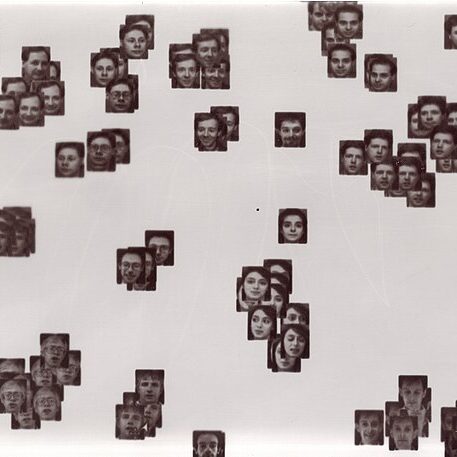Multiple Points-of-View

Say What?
Writing a novel with more than one point-of-view can be tricky. How can you juggle different personalities and motivations – and somehow use them to tell a balanced, coherent and compelling story? How can you ensure that each character has their own ‘voice’ (something that I find extremely difficult to achieve!)?
But does it make sense to tell your story from multiple points of view?
On one hand, you can offer different perspectives on a narrative which may greatly enrich the story. On the other, you may lose a sense of intimacy. After all, how does the reader know who to root for and care about?
Ask yourself who and when: Why is this character telling this part of the story? What insight or awareness does the character bring? Would this section be better served by writing it from a different character’s point-of-view?
We know that everyone is the hero in their own story, so each character must have his or her own arc. This means the character should have a conflict, whether external, internal or both, and a resolution.
Examples
The Girl on the Train (3 pov characters)
Girl, Woman, Other (12 pov characters)
A Song of Ice and Fire (Lots!)
Experience
I find that psychological novels lend themselves to being written using multiple points-of-view. In them, I can delve into the human psyche and reveal inconsistencies, conflicting thoughts and dark motivations. We can explore the truth from different perspectives. We can judge the reliability of each character’s narrative.
Two of my psychological novels are written using three points-of-view. The other has ten points-of-view (inspired by reading Girl, Woman, Other). Why did I use ten? My aim was to explore a range of vastly different experiences of patients on a psychiatric ward, but I’m not sure I did this successfully. One reason is because I struggled to use a different voice for each character. Another is that the reader may find it difficult to keep track of who’s who, what their arc is and why they should care. There’s also the question of depth – has each character been given enough space in the novel to fully share their story?
Of course, Bernadine Evaristo has proven that polyphonic books can be executed successfully. But, sadly, I’m no Evaristo.
Final Thoughts
Which books with multiple points-of-view have you enjoyed and why?
Have you written one? Why did you choose this structure and what was your experience of the challenges discussed?
Claire Gallagher's Colony name is Claire G – if you’re not yet a member, join now.
Share this post
Get Our Weekly Digest
First thing every Saturday morning, you’ll receive a short digest of the week’s blog posts from Litopia’s team of writers… entertaining, thought-provoking, witty, diverse and often mind-expanding.
Start your weekend in style…sign up below!
You can unsubscribe whenever you want… but you won’t want to!